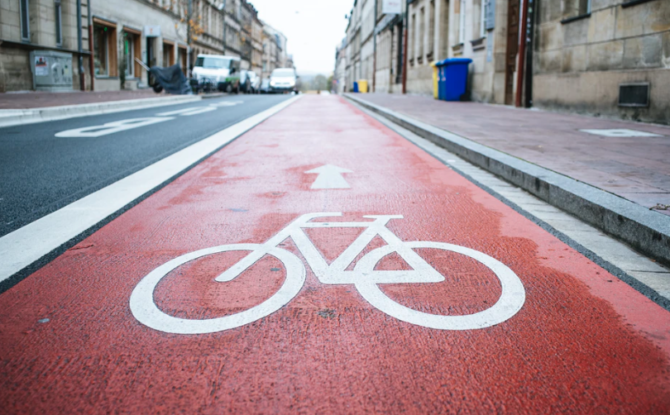
How to Get Bike Lanes in Your Town
From Cal.Streetsblog.org
Advocates and would-be advocates from around the country tuned in yesterday to a webinar about how to build political power to get safe bicycling infrastructure in their neighborhoods.
“You already have the power,” said Carter Lavin, an advocate who developed the webinar. “You may just need to know how to apply it.” Lavin’s focus was on bike lanes and networks, but his outline of steps to build political power could apply to any problem.
“Bike lanes are an amazing piece of technology,” said Lavin. “They make biking safer and enticing to more people, and they increase accessibility of biking for more kinds of riders. From a global perspective, increasing bike riding can reduce greenhouse gas emissions, and bike lanes are key to helping people go car-free.”
A main point to remember, said Lavin, is that local governments own and maintain streets and roads, and they are the ones who make decisions about them. They follow federal guidelines, but they also follow long-established habits that tell them to make sure cars don’t get jammed up and to worry less about the convenience of people walking and the safety of bike riders.
“The default is a dangerous society dominated by cars,” Lavin told Streetsblog in a conversation expanding on his ideas.
But it doesn’t have to be that way. Decision-makers can be pushed to make streets better designed and safer – but they have to see the value in it for them.
“Politicians, like anyone, want easy and smooth lives,” said Lavin. “If it’s easier to distract you, or over explain, or tell you to shut up – and it will work- they will do that. But if it’s easier to get you to be quiet by making you happy, they’ll do that.”
A common response from local officials to requests for bike lanes and similar safety improvements is “we can’t afford it.”
“Excuse my language, but this is a bullshit excuse,” said Lavin. “We can’t afford it” means “I don’t care about it.” “Either they don’t see its potential value for themselves, or they don’t feel the pain of its absence” in the way that people outside of cars do.
“Bike lanes are cheap; there is always money,” said Lavin. “We’re talking about slivers of slivers of a municipal budget. This is not about money; it’s not even about bike lanes. It’s about priorities.”
Photo by Markus Spiske on Unsplash
